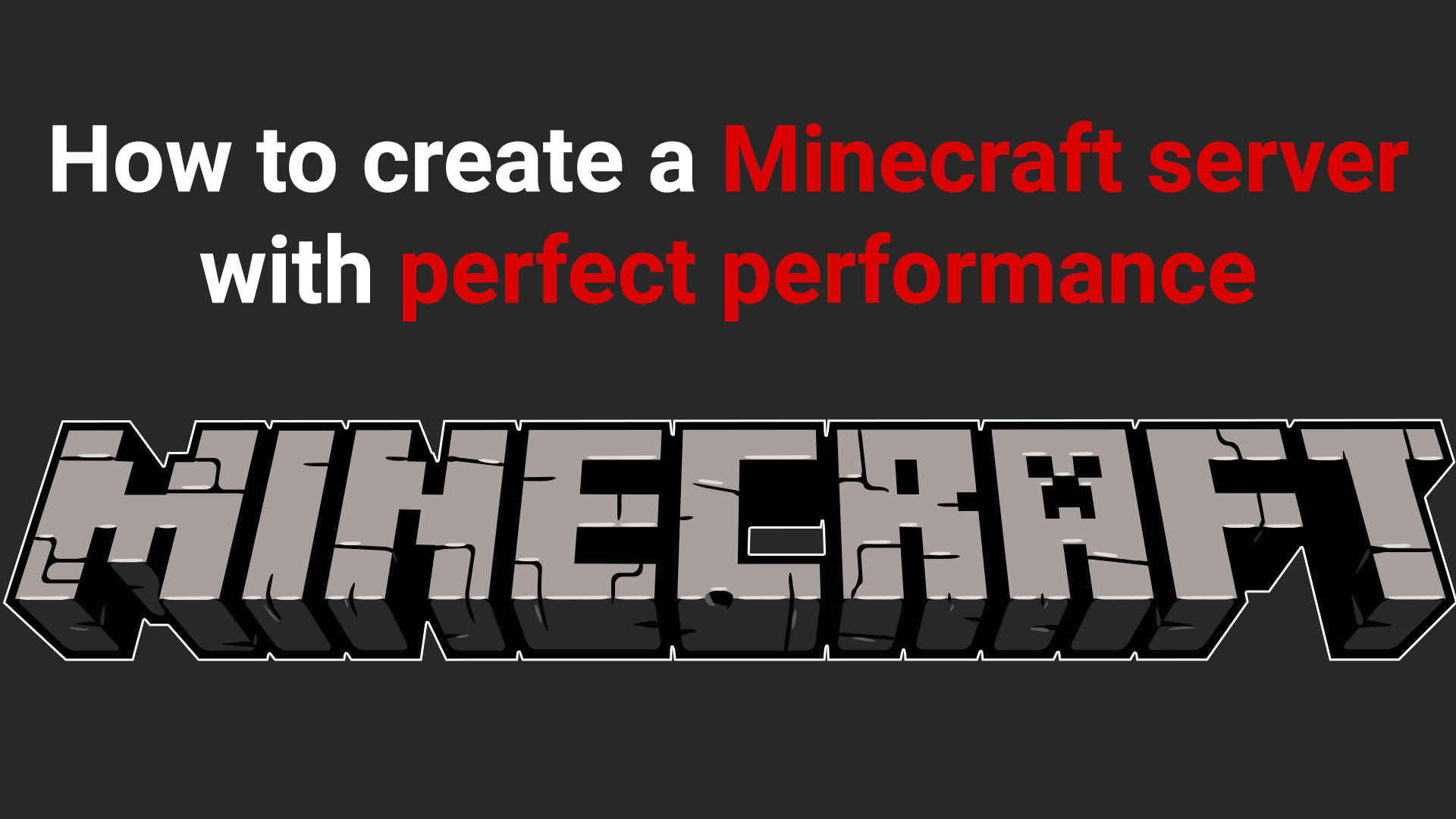How to create a Minecraft server with perfect performance: a step-by-step guide

Introduction: Start your adventure in Minecraft
Hi! Today I want to share the experience that I have accumulated over the years of playing Minecraft. Like many players, I dreamed of creating my own server to play with friends and have our world available 24/7. This is especially important when friends live in different time zones, and the server must be running all the time, regardless of our presence. However, when it comes to implementation, there are many questions.: how do I create a server? How do I choose the right platform? Which operating system should I use? Running your own server is not just a matter of clicking a button.; It requires an understanding of the technical nuances that affect the stability and performance of your future world.
In this guide, I will guide you through all the steps — from choosing a platform to selecting optimal technical specifications. We'll figure out why not only RAM is important for Minecraft, but also processor speed, and why choosing a hosting service is a very important decision. My goal is to explain all the details to you, and I will also provide you with a video tutorial on installing Minecraft on Ubuntu.
Step 1: Choosing the foundation for the server — home PC or professional hosting?
The first thing to decide is where your server will be physically located. There are two main options: use your own computer (home PC) or rent resources from a professional hosting provider.
Home PC: the illusion of being free
Using your own computer may seem like the simplest and most cost-effective solution. However, this impression is deceptive, and the risks of this approach often outweigh the perceived benefits.
Dependence on the Internet. A typical home Internet connection usually has limited bandwidth, especially over an uplink (upload). For stable gaming and more than 10 people, a speed of at least 45 Mbps is recommended. If players are actively moving around the world, each of them can consume up to 10 Mbps, which will make your channel a "bottleneck" and lead to delays.
Instability and security. A server on a home PC is vulnerable to many factors. Power outage, router failures, computer overheating — any of these problems can cause the server to crash. In addition, the home connection does not have professional protection against DDoS attacks. If your server becomes popular, it may become a target and you will simply lose access to the Internet. And if the server has to work 24/7, this will lead to significant wear and tear on your equipment.
High costs and wear and tear. Your computer should be running around the clock so that players can connect at any time. This leads to increased equipment wear and tear, as well as significant energy bills. As a result, an imaginary free job will result in unstable work, a bad gaming experience for friends, and the potential collapse of your project. If players encounter lags or sudden outages, they quickly lose interest and leave, and the community never forms.
Professional hosting: stability and reliability
Professional hosting is an investment in the future of your server. Hosting providers provide a reliable infrastructure that solves all the problems of home hosting.
Reliability and high throughput. Hosting companies guarantee a high level of availability (uptime), which can reach 99.977%. This means that your server will work around the clock, without interruptions. In addition, they use high-speed channels (1 Gbit/s and higher), which completely eliminates problems with network delays.
Professional protection. Game servers are often subject to cyber attacks. Hosting providers offer built-in protection against DDoS attacks.
Technical support. If problems arise, you won't have to deal with them alone. Most hosting companies offer round-the-clock technical support, which is ready to help at any time.
Step 2: The main characteristics of the server for Minecraft
Minecraft is a unique game, and its server hardware requirements are different from many others. To avoid lags, it is important to understand which components have the greatest impact on performance.
Processor (CPU): Clock speed and 3D V-Cache are the key to success
Unlike many modern games, the performance of Minecraft's main game cycle (the so-called "tick") is heavily dependent on a single CPU core. This means that for stable server operation, it is not the number of cores that is more important, but their performance per core and high clock speed. Multi-core processors are useful for parallel tasks such as world generation, but the main load is still carried by a single core.
This is why AMD Ryzen processors, especially those equipped with 3D V-Cache technology, prove to be ideal for gaming servers.
RAM: how much is needed for a comfortable game?
The amount of RAM is one of the most important parameters that determines how many players can comfortably fit on the server and which mods you can use.
Basic requirements. For a simple Vanilla server with 2-5 players, 2-5 GB of RAM is enough, and for 5-10 players it will take 4-8 GB.
Servers with mods and plugins. Here, the memory requirements increase dramatically. The presence of plug-ins and mods, especially complex builds, can increase RAM consumption significantly. For example, one of the Reddit users shared that his server with more than 200 mods consumes over 24 GB of RAM.
When choosing a hosting for mods, it is important not only the amount of RAM, but also the type of processor, since these two components must work in harmony.
Disk subsystem (Storage): the faster, the better
The speed of the disc has a direct impact on the gameplay. Slow disks (HDDs) are one of the main causes of lags, especially when players move around the world, as the server takes time to download new chunks.
NVMe SSD is the standard. Today, NVMe SSD is not just an option, but a prerequisite for a comfortable game. NVMe drives are many times faster than conventional SSDs and even more so HDDs. Using NVMe guarantees fast loading of the world and minimizes delays.
Volume. For a server for 2-5 players, 10-18 GB of free space will be enough, and for projects with a large number of players, mods and backups, 35 GB or more will be required.
These three aspects related to the physical part of the server are incredibly important, and you should choose them wisely so as not to pay for too much and not end up on a server with poor performance.
Network connection: forget about lags
The bandwidth of the Internet channel is another critical factor. Most professional hosting companies offer a 1 Gbit/s channel, which is enough for any Minecraft server.
Final checklist and recommendations
To summarize, I have prepared a table that will help you organize everything.
Table 1: Recommended features for Minecraft server
| Number of players | Server Type | Recommended RAM | Key characteristics of the CPU | Storage type |
| 1-4 | Vanilla | 4 GB | High Clock speed (4.5+GHz) | NVMe SSD |
| 5-10 | Light Modded | 8 GB | High Clock speed (4.5+GHz) | NVMe SSD |
| 10-20 | Heavily Modded | 16 GB | High clock speed and large L3 cache | NVMe SSD |
| 20+ | Heavily Modded | 32+ GB | Lots of cores, high clock speed and large L3 cache | NVMe SSD |
Good luck in creating your perfect Minecraft world!
Video tutorial on installing Minecraft server
Of course, I remember that I promised you an installation video at the beginning. It was shot on our Hourly Cloud server, and even the server was running stably on it.
Good luck in creating your perfect Minecraft world!
The author of the text is Anatolii Cohaniuc

